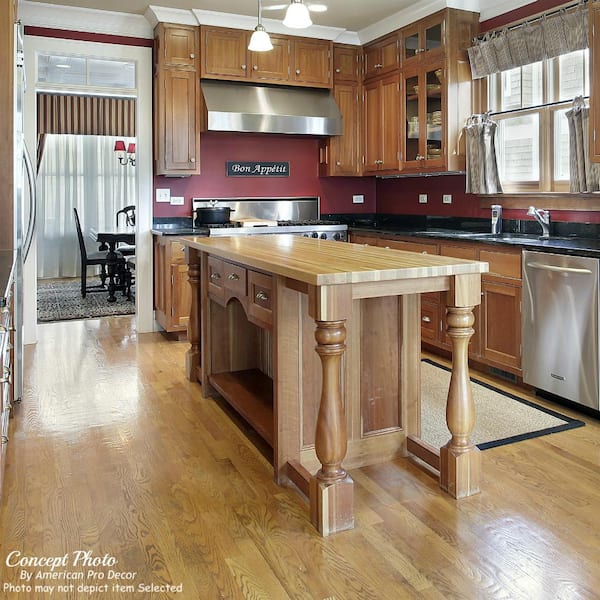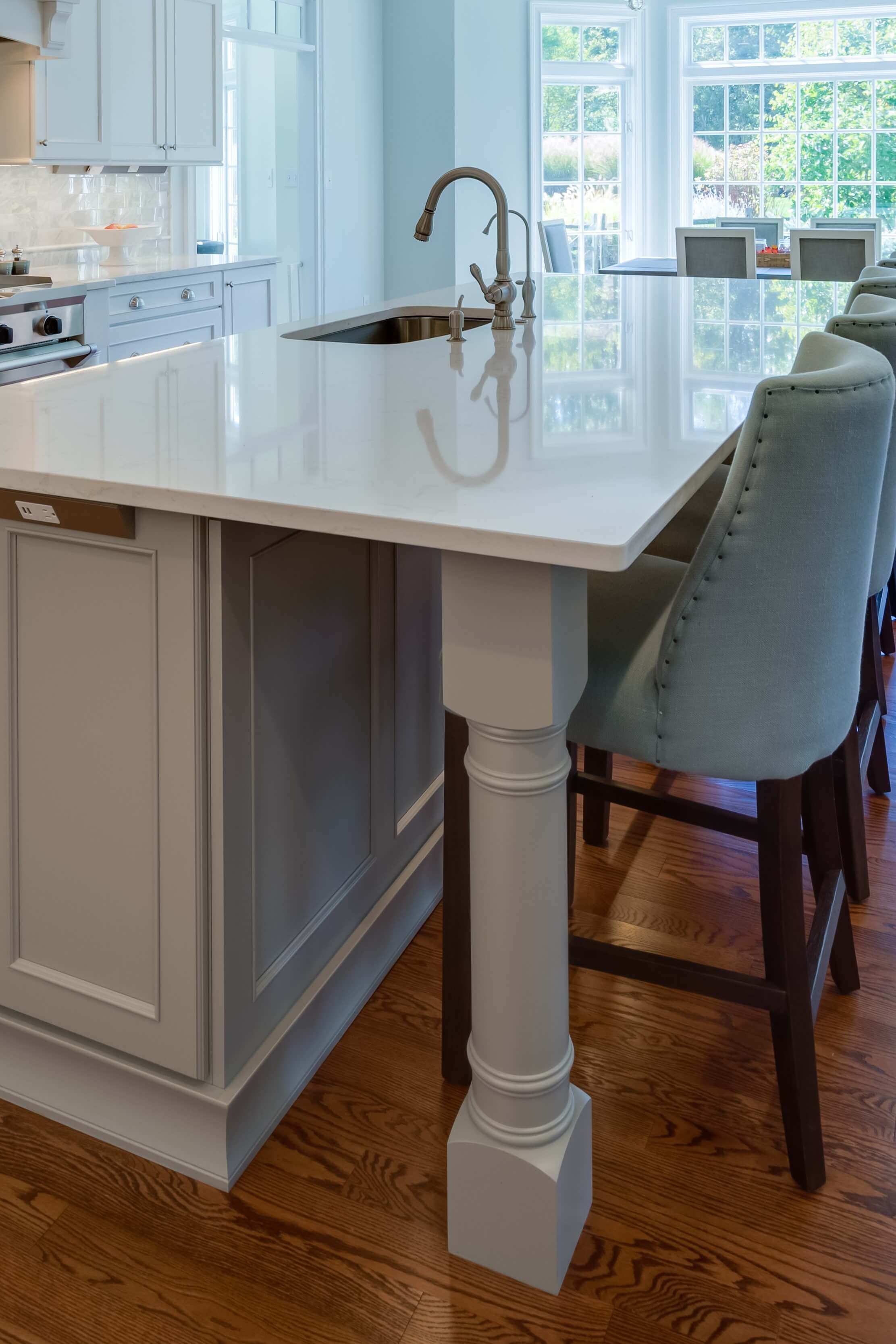Exactly how to Set Up a Kitchen Island Leg for Optimum Security and Design
Exactly how to Set Up a Kitchen Island Leg for Optimum Security and Design
Blog Article
The Importance of a Sturdy Kitchen Area Island Leg in Developing a Useful Cooking Area
A tough kitchen island leg functions as an essential element in developing a functional cooking atmosphere, supplying essential assistance for both the countertop and various kitchen area tasks. The security it uses can considerably decrease the danger of mishaps in high-traffic locations, while likewise adding to the total visual comprehensibility of the room. As cooking areas advance right into multifunctional locations for food preparation, eating, and mingling, the choice of materials and design considerations for island legs becomes progressively crucial. Recognizing these components can transform your kitchen right into a more secure and extra reliable location, triggering additional exploration right into the very best alternatives readily available.
Benefits of Sturdy Island Legs
Giving vital support, sturdy cooking area island legs play a pivotal function in boosting the functionality and toughness of kitchen area islands - kitchen island leg. These legs not just bear the weight of the countertop and any type of additional things positioned on the island, yet likewise add to the general security of the structure. A well-supported cooking area island guarantees that it continues to be useful and upright, even under hefty use, which is especially important in hectic cooking area environments
In addition, durable island legs can boost the aesthetic charm of the cooking area. They offer a strong framework that can match various layout styles, from contemporary to traditional. This convenience allows homeowners to personalize their kitchen islands according to individual taste while guaranteeing that the architectural integrity continues to be uncompromised.
In addition to their helpful role, durable cooking area island legs can additionally boost safety. Ultimately, investing in sturdy cooking area island legs is important for a functional and visually pleasing cooking location.
Materials for Kitchen Island Legs
When selecting materials for cooking area island legs, resilience and aesthetic allure are important variables to take into consideration. One of the most common products consist of hardwood, steel, and engineered wood, each offering one-of-a-kind benefits.
Hardwood, such as cherry, maple, or oak, is a timeless option due to its toughness and ageless charm (kitchen island leg). It can withstand substantial weight and is immune to use, making it optimal for high-use kitchen settings. Furthermore, hardwood can be tarnished or repainted to match different kitchen designs
Metal legs, typically crafted from stainless-steel or functioned iron, offer a modern-day and industrial appearance. They are extremely solid and can support considerable lots while being resistant to dampness and heat, which is useful in a cooking area. Steel legs can additionally be quickly cleansed, improving their practicality.

Style Considerations for Security
The selection of materials for kitchen island legs straight influences the layout considerations for security. When making a his explanation cooking area island, it is vital to evaluate the weight-bearing capability of the chosen materials. Larger materials, such as strong wood or steel, generally give greater security, especially under the anxiety of day-to-day use.
In addition, the leg design need to incorporate appropriate geometry to boost stability. A broader base enhances the assistance location, reducing the danger of wobbling or tipping. Factor to consider should likewise be offered to the height of the legs; disproportionate leg sizes can lead to discrepancy, endangering the overall security of the island.
Furthermore, the circulation of weight throughout the island is important. Making certain that the leg placement aligns with the heaviest parts, such as kitchen counters and appliances, will certainly further improve stability.
Maintenance Tips for Durability

Depending on the material of the legs-- whether wood, metal, or composite-- proper cleaning methods should be utilized. Steel legs might call for a light gloss to prevent rust and maintain their gloss.
In addition, tightening screws and screws routinely can make certain stability and protect against wobbling. If the kitchen island experiences hefty use, think about reinforcing kitchen island leg the legs with extra braces or sustains to boost sturdiness. Last but not least, applying a safety surface or sealant can protect versus moisture and spots, lengthening the lifespan of the legs. By adhering to these upkeep pointers, home owners can ensure their cooking area island legs stay useful and durable for years ahead.
Picking the Right Leg Design
Regular maintenance makes helpful hints sure that kitchen area island legs continue to be functional and sturdy, but selecting the ideal leg design is just as essential for both aesthetics and assistance. The selection of leg style can significantly influence the overall layout and consistency of your kitchen area.

Functionality is another important facet. Thicker legs or those with a strong base can sustain much heavier kitchen counters and tools, enhancing the island's utility. Conversely, slender legs may create an airy look, ideal for lighter designs however possibly much less helpful.
Verdict
In summary, the importance of sturdy cooking area island legs can not be overemphasized in the development of a functional food preparation area. These legs provide important support, boost security, and contribute to the general aesthetic of the cooking area.
A durable kitchen island leg offers as an essential element in developing a useful food preparation atmosphere, providing essential support for both the countertop and numerous cooking area activities.Offering essential assistance, durable kitchen area island legs play a critical duty in enhancing the functionality and resilience of kitchen islands. Inevitably, spending in sturdy cooking area island legs is essential for a functional and visually pleasing cooking location.
Factor to consider must likewise be given to the height of the legs; out of proportion leg sizes can lead to discrepancy, endangering the overall stability of the island.
Wood legs provide warmth and a traditional appearance, while steel legs provide a industrial and contemporary feeling.
Report this page